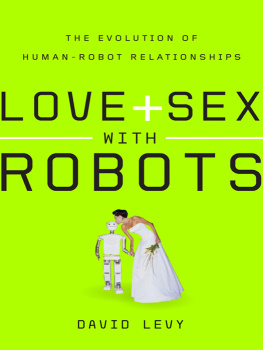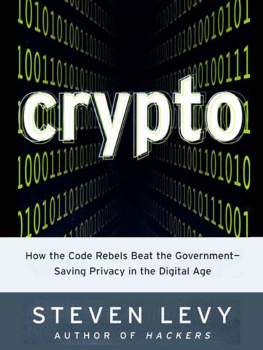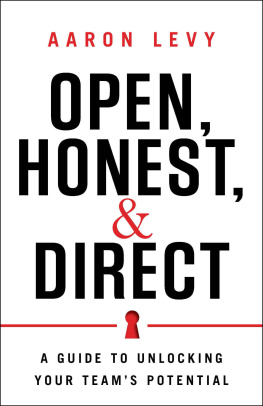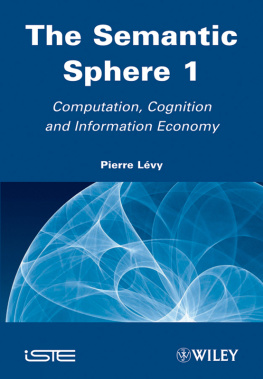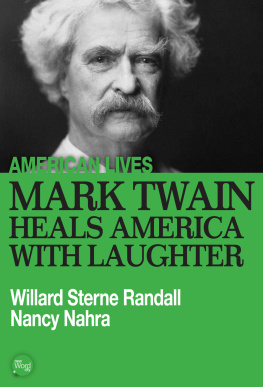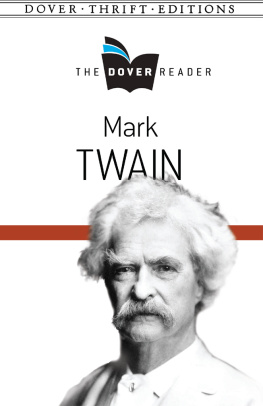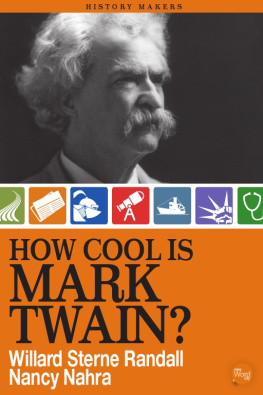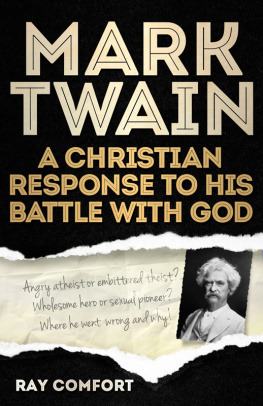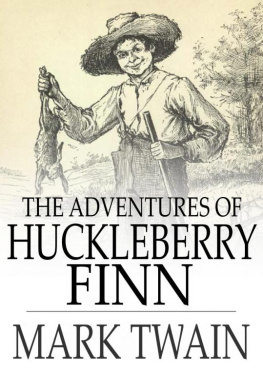Thank you for downloading this Simon & Schuster eBook.
Join our mailing list and get updates on new releases, deals, bonus content and other great books from Simon & Schuster.
C LICK H ERE T O S IGN U P
or visit us online to sign up at
eBookNews.SimonandSchuster.com
We hope you enjoyed reading this Simon & Schuster eBook.
Join our mailing list and get updates on new releases, deals, bonus content and other great books from Simon & Schuster.
C LICK H ERE T O S IGN U P
or visit us online to sign up at
eBookNews.SimonandSchuster.com
ALSO BY ANDREW LEVY
The First Emancipator
A Brain Wider Than the Sky

Simon & Schuster
1230 Avenue of the Americas
New York, NY 10020
www.SimonandSchuster.com
Copyright 2015 by Andrew Levy
All rights reserved, including the right to reproduce this book or portions thereof in any form whatsoever. For information address Simon & Schuster Subsidiary Rights Department, 1230 Avenue of the Americas, New York, NY 10020
First Simon & Schuster hardcover edition January 2015
SIMON & SCHUSTER and colophon are registered trademarks of Simon & Schuster, Inc.
The Simon & Schuster Speakers Bureau can bring authors to your live event. For more information or to book an event contact the Simon & Schuster Speakers Bureau at 1-866-248-3049 or visit our website at www.simonspeakers.com.
Interior design: Akasha Archer
Jacket design: Julie Metz
Jacket photography: Ian Berry/Magnum Photos
Library of Congress Cataloging-in-Publication Data
ISBN 978-1-4391-8696-1
ISBN 978-1-4391-8698-5 (ebook)
To Aedan
Ladies and Gentlemen: I am perfectly astonisheda-s-t-o-n-i-s-h-e-dladies and gentlemenastonished at the way history repeats itself. I find myself situated at this moment exactly and precisely as I was once before, years ago, to a jot, to a tittleto a very hair. There isnt a shade of difference. It is the most amazing coincidence that everbut wait. I will tell you the former instance, and then you will see it for yourself.
M ARK T WAIN , A DDRESS AT THE A NNUAL L ADIES D AY , P APYRUS C LUB , B OSTON , F EBRUARY 24, 1881
CONTENTS
PREFACE
F or anyone who wants to try to unravel the tangled knot that ties modern Americans to their past, Mark Twains Adventures of Huckleberry Finn (1885) remains essential. According to the most recent studies, Twains novel about a white boy and a runaway slave escaping down the Mississippi River is the most frequently read classic American book in American schools. Few critics lists of the greatest American novels fail to cite it; few reporters describing its influence fail to quote Hemingways famous claim that all modern American literature comes from one book by Mark Twain called Huckleberry Finn .
At the same time, it also remains one of the most controversial books in American history, and in many schools has been removed from reading lists or shifted into elective courses. One hundred years after his death, Mark Twain can still put a book on top of the best-seller listas his Autobiography did in October 2010. And Huck Finn , 125 years after its publication, can trend high on Twitter, as it did in January 2011 when NewSouth Books announced it would publish a version that excised the racial epithet nigger, which appears more than 200 times in the original, and replace it with slavean editorial gesture both praised and derided with an intensity rarely reserved for the classics anymore. Huck Finn was, and remains, an amazing, troubling book, as novelist Toni Morrison tells us; an idol and target, as critic Jonathan Arac writes.
Predictably, our regard for the book is even more two-sided than that summary suggests. For over a century, Twains oft-beloved novel has been taught both as a serious opportunity to reflect on matters of race and as a lighthearted adventure for children. Authors, historians, teachers, and politicians have sung its praises as a model of interracial empathy, or debated the wisdom and limits of that claim; studio motion pictures, big-budget musicals, cartoons, comic books, and childrens editions have all focused on it as a story of boyish escapade, an adventure with, at best, modest political ambitions. Since 1987, eight books plus dozens of scholarly articles and chapters have been published on race and Huckleberry Finn . But not one book, and only a modest number of chapters and essays during that span, have dealt deeply with Mark Twains portrayal of children in Huck Finn . The vast majority of newspaper editorials, Twitter posts, and public debates about Huckleberry Finn have focused upon race. References to childhood and Huck Finn in popular media abound, but he and his friend Tom Sawyer remain, in the public imagination, largely uncomplicated emblems of freedom, high-spiritedness, and solid comradeship, as James S. Leonard and Thomas A. Tenney have written. Huck is a charming rascal, one preview for a local production of the musical Big River claims. Make your own kids [ sic ] fishing poleHuck Finn Style, an adventure for boys blog offers: You may not be as free to roam as Huck, but you can spend a day lazing on the riverbank just like he did.
After years of reading, teaching, and writing about the book, though, Ive come to believe that we got this backwardthat our understanding of what is comic and what is serious in Huck Finn says more about America in the last century than America in the time Twain wrote the book. Contemporary reviews of Twains novel, dozens of which appeared in American newspapers in the spring of 1885, barely mentioned race at all; they talked about children, and what message the book sent them, with great and varied passion. There is a shimmer to Twains portrait of white childhood in the antebellum era. But there are also murders, suicidal ideation, child abuse, and a profound satire on standardized education, and the ambivalent ways American parents both protect their children from, and provide them uncritical access to, popular culture. Huck Finn is a book about the disconnection between our childrens inner lives and our ways of raising and teaching thema disconnection so intimidating that, naturally, we placed this tribute to childrens alienation at the center of public school curricula.
Neither is Huck Finn a model of successful interracial politics, nor a book that we should regard, in our rearview mirrors, as essentially retrograde. Here, perhaps, it is more comic than we have considered, or than the national conversation can easily hold: moral satire in powerful ways, but also unnerving burlesque about things few modern Americans find funny. And yet, precisely because it is both these things, it is also truly and disconsolately visionary about how the culture doesnt always go forward but sideways, even backward, on matters of race and freedom.
The best way to read Huck Finn , in fact, might be to see that Twain found the borders that divide parents and children as false as the borders that divide black and whiteand that he even saw the way those borders overlapped. In turn, he attacked both with the same rough play, a tricksterish mix of comedy and political seriousness that meshed with the stereotypes of the time but fought them, too. And now we are indulging in more rough playmyths of nostalgia and myths of progress, and the instinct to classify, classify, classifythat inspires modern politicians, critics, teachers, filmmakers, and readers to divide the book into two books, one funny and harmless and one not. Huck Finn can show us more about how we keep the discussion of childhood stalled, and the engine of racial difference humming, than any other book in our canon. To benefit from that insight, however, we would have to admit that it is not a book (flawed or otherwise) about children and adventure, or about racial progress. It is a book about what Junot Daz calls dedicated amnesia on a national scale. It is a pleaas is this bookto remember , and a fatalistic comedy about how we dont.
Next page

